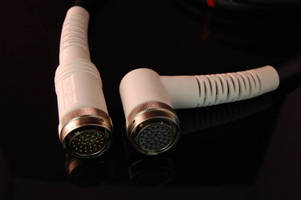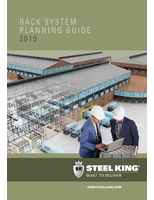Injection Over-Molding for MIL-SPEC Style and COTS Connectors

ISC Engineering
U.S. Military connector specifications are rigid and held to extremely high standards. These types of connectors were originally developed in the 1930's to withstand the harsh environments and applications set forth by the final users. To have a connector that classifies as a MIL-SPEC connector requires stringent testing and qualification that is defined by the controlling military authority. If a connector meets these guidelines it will be added to the U.S. governments Qualified Products List (QPL).
MIL-SPEC style connectors are used in many industries today including aerospace, industrial, marine and automotive. These connectors are designed and made of high quality materials that make them very functional as well as very durable. MIL-SPEC style connectors can have characteristics such as air tight seals that guard against water and dust as well as shock and vibration resistance. To make these already rugged and specialized connectors even more dynamic is with injection over-molding.
The process of injection over-molding provides additional structure and protection to the connector housing and encapsulates the soldered or crimped connections. When over-molding most MIL-SPEC style connectors the internal components are first injected with a premold. This is usually a hard durometer resin that provides structure and protection to the inner components. The process of premolding is similar to the process of potting the connector housing except the added benefit is premold is a much faster process usually taking 30 seconds compared to potting which is 12-24 hours. The premold also allows you to position the connector to a set orientation to the customer's specification. Another major benefit that the premold provides is a framework for the final mold.
The final mold serves as an aesthetic and functional layer to the connector. The final mold can be done in a broad spectrum of resins ranging from PVC to thermoplastic rubber (TPR) and in a wide variety of colors. The final mold usually has a light texture and in some cases has a logo, date code or serial code. A common feature that helps the functionality and life of the assembly is the strain relief section of the final mold which helps to minimize the tension of the most strained portion of the cable and increases the bend radius. To learn more about over-molding MIL-SPEC connectors and other over-molding capabilities visit overmoldtooling.com or contact Mark Davis at mdavis@iscengineering.com.




